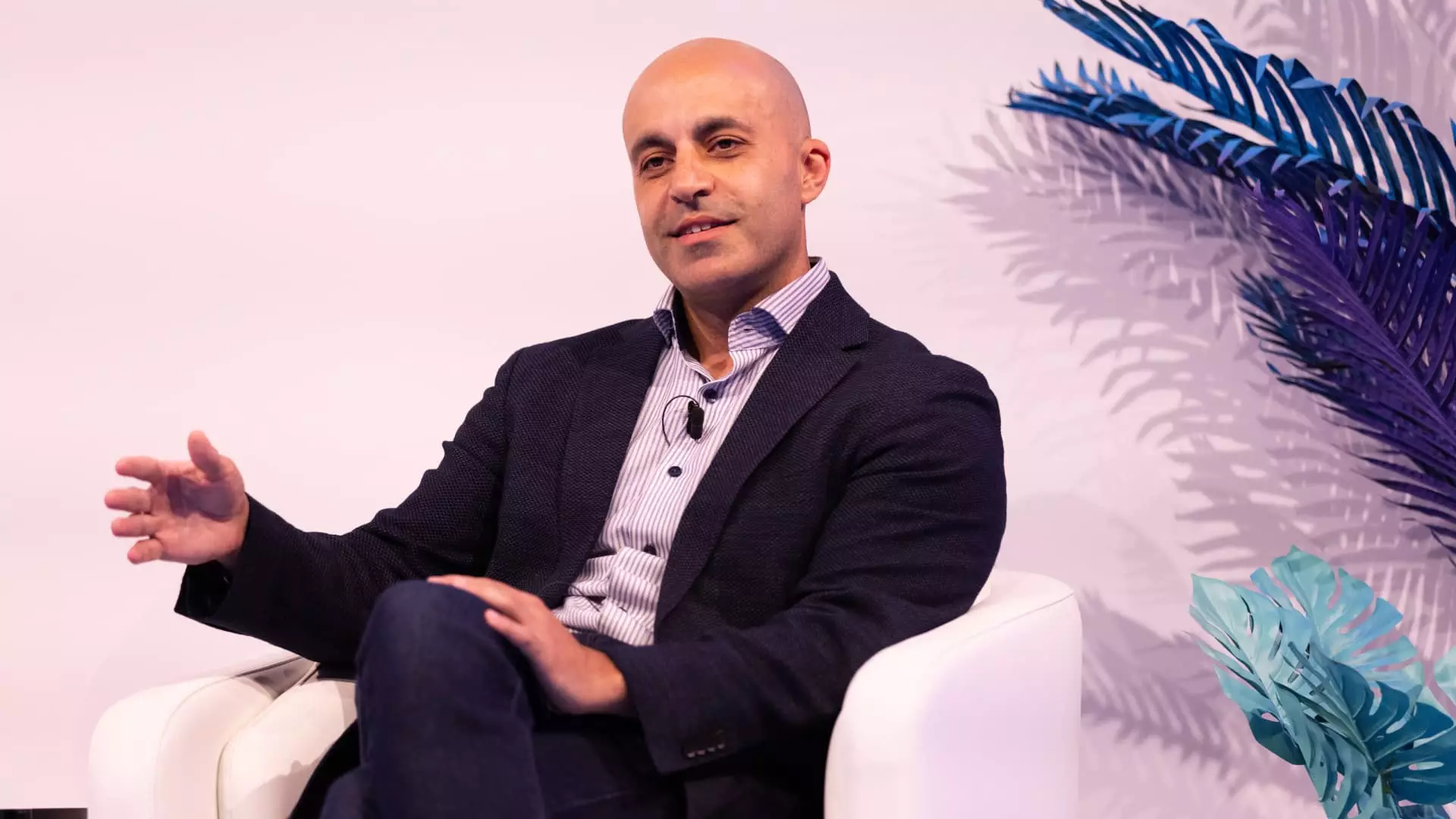In a striking move within the tech landscape, Databricks, a burgeoning data analytics software startup, has attracted the attention of Meta, which has decided to come on board as a significant investor. This collaboration is particularly noteworthy as Meta is the powerhouse behind the Llama open-source large language models that Databricks utilizes and develops further. This investment not only symbolizes a financial commitment but also a deeper collaborative relationship aimed at enhancing capabilities in the artificial intelligence (AI) sector.
Meta, co-founded by tech mogul Mark Zuckerberg, is known for its selective investment strategy compared to industry giants such as Alphabet and Microsoft. Despite this, the $10 billion investment round in Databricks signifies Meta’s confidence in the startup’s rapid trajectory towards a potentially transformative initial public offering (IPO). This infusion of funds brings Databricks’ total venture capital to a staggering $14 billion, underlining its popularity and the potential it holds in the tech ecosystem.
The resources acquired through this investment will facilitate Databricks’ ambitious global expansion plans and enhance liquidity options for current and former employees. In conjunction with the investment announcement, Databricks unveiled a $5.25 billion credit facility backed by JPMorgan Chase, indicating a strategic choice to leverage credit for growth instead of diluting existing shareholder value through stock issues.
The pathway that led to this investment was paved by Databricks’ ability to develop and utilize its own open-source large language model, known as DBRX. Earlier attempts to compete with models like Meta’s Llama revealed challenges, particularly as the speed of innovation in AI continues to accelerate. During its training process, which cost Databricks about $10 million, DBRX managed to show promising results in certain evaluations, though subsequent models quickly outpaced it. This experience highlights the dynamic nature of the AI field, where collaboration with established entities like Meta becomes essential for sustained growth and innovation.
Ghodsi, the co-founder and CEO of Databricks, emphasized the benefits of partnering with Meta, suggesting that both firms can maximize resource allocation effectively. “Meta has the financial bandwidth to train models, while we can channel our funds into other crucial areas,” Ghodsi noted, although he remained tight-lipped about the specifics regarding Meta’s client status.
Looking Ahead: Future Prospects and Strategies
As Databricks continues to evolve, it employs around 8,000 professionals in San Francisco, and Ghodsi hinted that the prospect of the company going public is becoming increasingly viable. With Qatar’s sovereign wealth fund, the Qatar Investment Authority, also backing this significant funding round, Databricks seems poised for a broader market role, especially in Middle Eastern data centers, expanding beyond its current presence in Amazon, Google, and Microsoft cloud infrastructures.
Meta’s investment in Databricks is not only a major financial milestone but also a strategic alliance set to propel innovation in the AI landscape. As they work together, the blend of Meta’s resources and Databricks’ innovative capabilities could well reshape how data analytics and AI technologies develop in the coming years.

